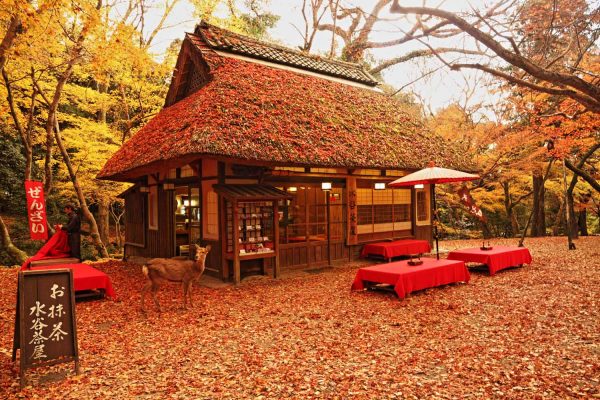
Contents
Contents
1.What is Hakata ningyo?
2.History of Hakata ningyo
3.Hakata ningyo today
4.Summary
style="display:inline-block;width:336px;height:280px"
data-ad-client="ca-pub-1779908728018021"
data-ad-slot="8831389991">
1.What is Hakata ningyo?
In Japan traditional arts are going to disappear.We, young generation need to transmit our culture through internet!1.What is Hakata ningyo?
Hakata ningyo are traditional Japanese clay dolls, originally from the city of Fukuoka, part of which was previously named Hakata before the city merger in 1889.
2. History of Hakata ningyo

The commonly accepted origin of Hakata dolls is 17th-century.
These dolls were called Hakata suyaki ningyo, “Hakata unglazed doll”.
Hakata dolls appeared in the 1890 National Industrial Exhibition in Japan and in the Exposition Universelle in 1900 and became a topic of discussion. The “Dolls of the World” which were made with Hakata techniques and were so popular at the Paris World Expo, are now in a collection at the General Research Museum at Tokyo University.
Delicately made with rich coloration, these “Dolls of the World” were sold for 1 yen and 50 sen in those days.
At the end of the 19th century, Hakata dolls transformed from simple biscuit-fired toys to works of art.
The Hakata doll gained fame when American soldiers took them back to the US as souvenirs during the American occupation of Japan following the Second World War. Japan started exporting Hakata dolls soon afterwards. At the same time, the Hakata doll became well known domestically, and factories began producing Hakata dolls of lesser quality. Although the image of the Hakata doll is no longer popular, some artisans continue to make Hakata dolls in the traditional fashion.
style="display:inline-block;width:336px;height:280px"
data-ad-client="ca-pub-1779908728018021"
data-ad-slot="8831389991">
3.Hakata Dolls Today
Despite the financial incentives, doll making is not an accessible or highly sought after career choice for Fukuoka’s younger generation.A highly skilled profession, it requires years of dedication just to pick up the basics – the first two years of study are reputed to be the most difficult.
In the past courses were run at a community centre in the city to teach aspiring craftsmen, but this has now closed.
It’s certainly a difficult task inspiring the next generation of doll makers.
There are about 70 master craftsmen alive now.
The only way for younger people to learn is to become an apprentice and study from one of these masters, but not so many are interested.
The Fukuoka Doll Making Union works to encourage interest from youngsters, as well as to market ningyo at home and abroad.
4. Summary

Hakata ningyo are traditional Japanese clay dolls, originally from the city of Fukuoka, part of which was previously named Hakata before the city merger in 1889.
The commonly accepted origin of Hakata dolls is 17th-century.
Despite the financial incentives, doll making is not an accessible or highly sought after career choice for Fukuoka’s younger generation.
style="display:inline-block;width:336px;height:280px"
data-ad-client="ca-pub-1779908728018021"
data-ad-slot="8831389991">




























